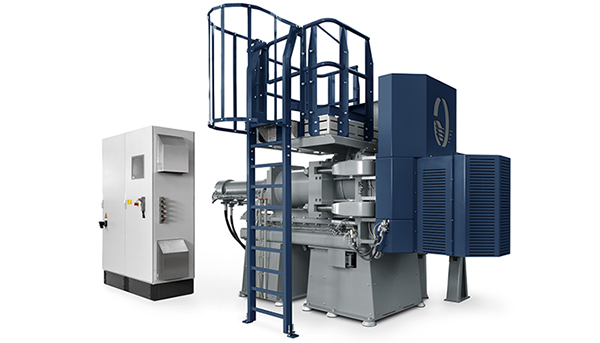Organic Liquefying Press

Separate Organics or Liquids from Waste
The Organic Liquefying Press allows the user to separate organics or moisture from solid waste fractions in a smart and energy efficient way. The OLP is a programmable smart press with menu-based touch-screen operation able to handle various types of waste streams. The press automatically optimizes throughput and segregation in real time depending on the specific characteristics of the waste.
Benefits of the Organic Liquefying Press
Unmatched resource extraction
The OLP brings unmatched resource extraction. Initial results suggest that around 30% more biogas can be recovered from MSW.
Deployable for a wide range of feedstock
There are almost no restrictions to the input and the OLP can handle stones, metal and (uniquely) glass without problems. In principle, only inerts need to be separated out.
Speeds up digestion process of organic material
The cylinder press uses a ram with a force of 137 tons. That is strong enough to crack the cell walls of organic material, speeding up the digesting process.
Smart segregation and increased process efficiency
The OLP increases throughtput. It improves on conventional processing technologies by segregating solid parts such as small plastics and wood particles from the organics or liquids.
Open architecture and predictive maintenance
With a robust design, remote monitoring and predictive maintenance, the OLP allows for low down time and increased efficiency of waste processing plants.
Optimize the calorific value of RDF through drying
Varying on the material, the OLP significantly dries the RDF fraction as it drains the wet material. Tests have shown significant moisture reduction compared to other techniques.
Applications for Resource Extraction with the OLP
To extract the liquid fraction the material is pressed through a sieve by means of hydraulic pressure. The two resulting fractions are the dry solid and liquid fraction with a high level of purity. The self-learning press automatically adjusts its settings for optimal output and energy usage. Simultaneously, the dried e.g. RDF fraction, can be further upcycled or used as alternative energy.